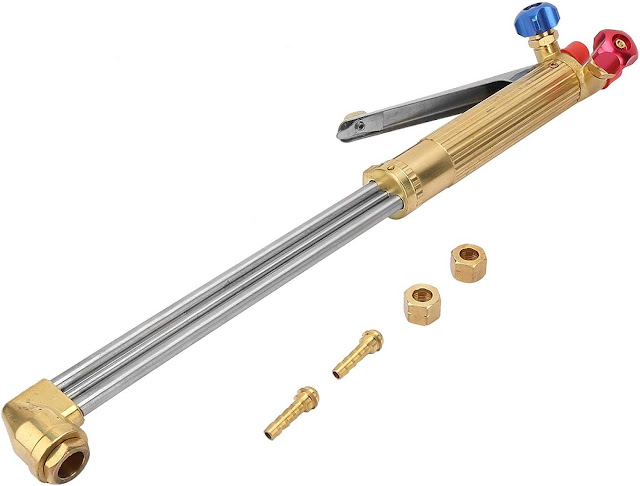Welding stainless steel with an oxy-acetylene torch is a versatile and time-tested technique that has been employed in various industries for decades. This method allows for the fusion of stainless steel parts using a controlled mixture of oxygen and acetylene gases, resulting in strong and durable joints. In this article, we will delve into the techniques and considerations of welding stainless steel with an oxy-acetylene torch, exploring its advantages, challenges, and key tips for successful outcomes.
Understanding the Process
Welding stainless steel with an oxy-acetylene torch involves the application of heat to the workpiece to achieve the melting point required for the fusion of metals. This process is carried out by combining acetylene gas with oxygen, creating a high-temperature flame. The heat generated from this flame softens the stainless steel, allowing the edges of the parts to be joined to melt and fuse together.
Advantages of Oxy-Acetylene Welding for Stainless Steel
1. Versatility
Oxy-acetylene welding is adaptable to various stainless steel thicknesses and types. It can be effectively used for thin gauge sheets as well as thicker sections, making it suitable for a wide range of applications.
2. Portability
Oxy-acetylene welding equipment is relatively portable, allowing for on-site welding when necessary. This makes it a favorable choice for repair and maintenance tasks.
3. Affordability
Compared to some other welding methods, oxy-acetylene welding equipment is more economical to acquire and maintain, making it accessible to small workshops and hobbyists.
4. Control
The level of heat can be precisely controlled, enabling welders to achieve accurate results and minimize distortion of the stainless steel parts.
Challenges and Considerations
1. Oxidation
Welding stainless steel with an oxy-acetylene torch can introduce oxygen to the welding area, potentially leading to oxidation and the formation of unsightly heat-affected zones (HAZ) that are more prone to corrosion. To combat this, techniques like purging the backside of the weld joint with inert gases can be employed.
2. Heat Distribution
Stainless steel has a lower thermal conductivity compared to other metals, making it challenging to evenly distribute heat during welding. Uneven heating can result in warping and distortion of the material.
3. Carbon Contamination
If the flame is not properly adjusted, it can introduce carbon from the acetylene gas to the stainless steel, compromising its corrosion-resistant properties. Careful control of the flame and a neutral to slightly oxidizing flame environment can help mitigate this issue.
4. Skill Requirement
Welding stainless steel with an oxy-acetylene torch requires a certain level of skill and practice. Achieving consistent results demands a keen understanding of flame adjustments, heat management, and filler rod manipulation.
Techniques for Successful Welding
1. Flame Adjustment
Achieving the right balance of oxygen and acetylene is crucial. A neutral flame, characterized by a light blue inner cone surrounded by a slightly darker outer cone, is ideal for stainless steel welding. This minimizes the risk of carbon contamination.
2. Preparation
Proper surface preparation is essential. Thoroughly cleaning the stainless steel surfaces to be welded helps prevent contamination and ensures a solid bond. Beveling the edges of thicker sections can aid in achieving deeper penetration.
3. Filler Material
The choice of filler material is significant in achieving strong and corrosion-resistant welds. Matching or compatible filler metals with the base stainless steel alloy is recommended.
4. Welding Speed
To avoid excessive heat buildup and potential distortion, maintaining a steady welding speed is crucial. Slow and consistent movements help ensure uniform heat distribution.
5. Back Purging
For critical applications, using an inert gas, such as argon, to purge the backside of the weld joint can help prevent oxidation and improve the overall quality of the weld.
Conclusion
Welding stainless steel with an oxy-acetylene torch offers a blend of versatility, portability, and affordability, making it a valuable method in various industrial and repair settings. While it comes with its own set of challenges, such as oxidation and heat distribution, mastering the techniques can lead to robust and visually appealing welds. By understanding the nuances of flame adjustment, proper preparation, filler material selection, and welding speed, welders can confidently work with stainless steel, creating strong and durable joints that meet the required standards. As technology advances, oxy-acetylene welding remains a timeless skill that continues to find its place in the modern welding landscape.
